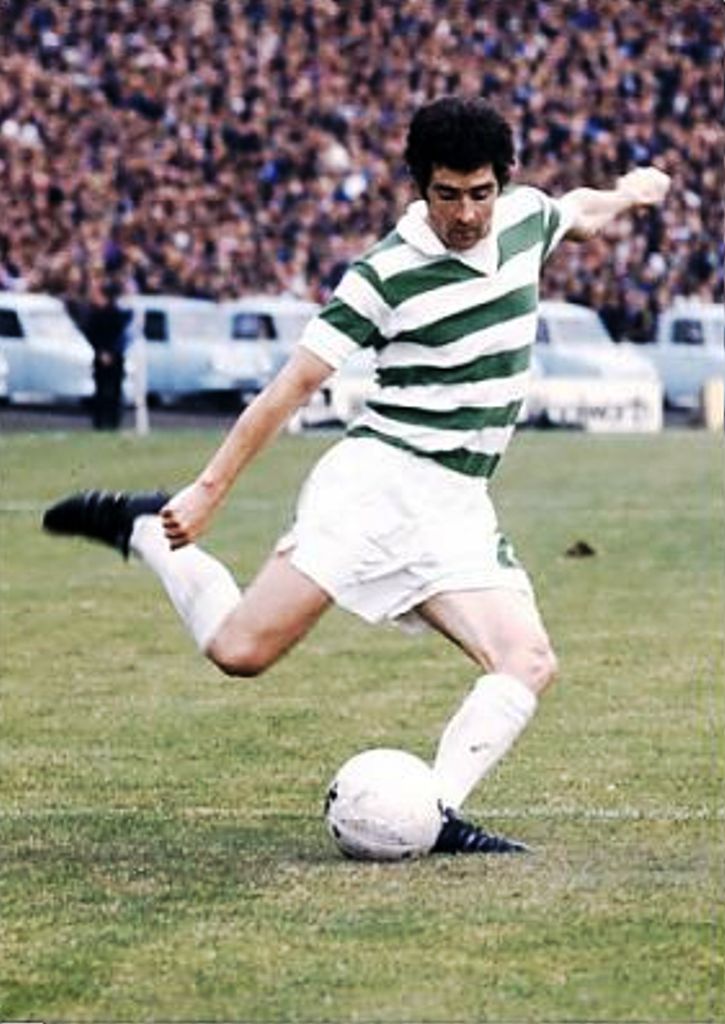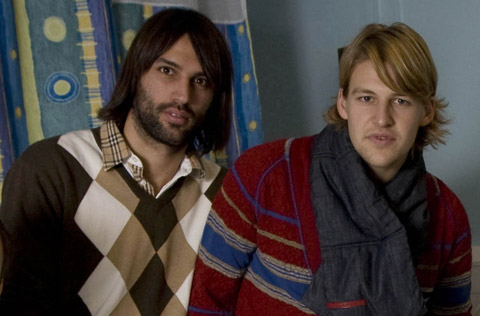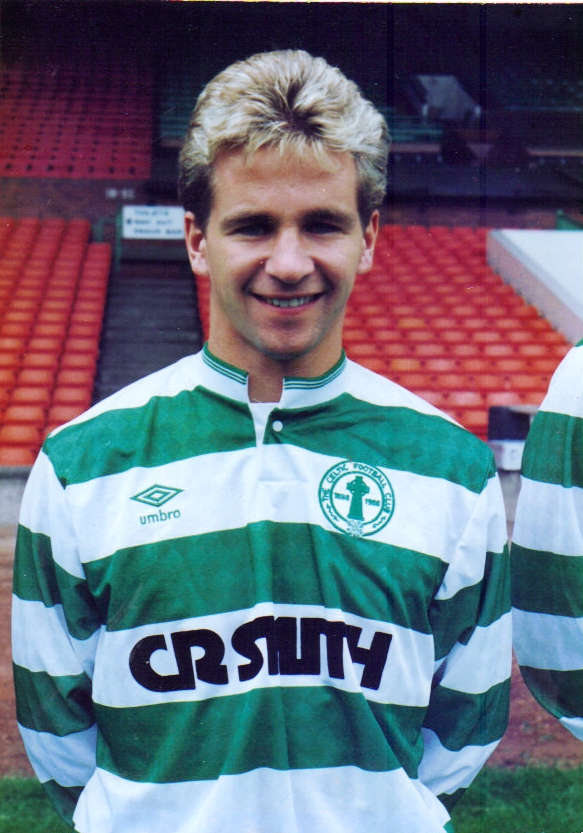To undertake a player trading model exceptionally, clubs need to understand the market and have the resources and staff. In the past two articles we’ve looked at the key points in the evolution of player trading and how some clubs have used the strategy to grow whilst we have been treading water. This latter opinion is based around the lack of any clear strategy in our player purchasing over the past 12 years.
This summer was one of the worst windows. We looked like that bit on The Great British Bake Off where the contestants are given the ingredients but no cooking time, no mixing directions and if they don’t know how the finished baked item should look, the outcome can be a mess. This past summer window looked like someone had been given a starter kit in player trading ingredients without the slightest idea of how to mix them.
So what makes a good player trading model?
Know your buyers.
Simplistically, our market is about 40 – 50 clubs.
The bottom 14 EPL can spend £10-£30m for our players and we have seen decent level European clubs in other big 5 leagues (Union Berlin, Leverkusen, Celta) give us £4m-£12m for our players recently. Previously Lyon gave us £20m but for a player who was highly rated in France. That is our market. If we are to sell to these clubs we need to have what they want.
Know what they want?
If you are going to make high value sales to clubs, you must get proper talent and know what age those clubs buy at (23.9 in England, 24.1 in Spain). This should lead you to purchase players aged around 19 – 21. You also need to know where they like their players to come from. Obviously, they want the best, but that will also be skewed.
Where do I find the players? – Worldwide!
“At the very top, football production is the same. The best players seem to be interchangeable across leagues.” – The Numbers Game
At the end of 2022 the South American nations had the following players in the big 5 leagues:
- Brazil – 92
- Argentina – 57
- Uruguay – 25
- Colombia – 20
- Chile – 8
- Paraguay – 6
- Ecuador – 6
- Venezuela – 3
- Peru – 1
- Total – 218
From Asia
- South Korea – 8
- Japan – 17 (of which 8 are in Germany)
- Total – 25
So, there are 40-50 clubs willing (and able) to pay us £25m – £30m for players because they don’t have the luxury of bringing in a 20 year old and giving him 80, 90 games over 2 years to get him up to EPL level. They need the finished product but they have their own prejudices about where that player should come from – Africa and South America are their favourite continents, but in the last 12 months we sign Idaguchi and £800k Kwon from the Korean 2nd Division. Fine if the plan is to retain them and they are not part of the player trading model. Unfortunately, they’ve not been good enough to play for our first team.
How do I find the players?
For too many clubs, player acquisition is about sitting around and waiting for agents to notify you that their player is in the mood for a move and we are then in a competitive waiting game environment with clubs of our size and below across Europe. To avoid this beauty parade, we need high quality scouts situated in the country who have the ability to spot talent early. When you are acquiring at this level there is very little game time to review and therefore having boots on the ground matter. You need scouts living and working in key markets, visiting youth games and every match possible but most importantly than all of that they need to have the expertise to spot future potential within a very brief viewing window.
Time is not on our side
If we want to acquire quality, we need to act quickly. We need high quality scouts who can spot a player after very limited appearances. If we wait too long and the player really can become a £30m talent inside 2 years, someone else from a sexier league or a league with deeper pockets will spot him. Also, we have often accompanied a new signing with a press release about how long we’ve tracked him – that’s NOT a positive!
It isn’t a positive for a player trading club to say that they’ve been tracking the player for 3 years (unless he was 14, 15). If we identified someone 3 years ago, everyone’s had the chance to look at him. If he’s still at the same club and available for under £3m 3 years later then he is highly unlikely to ever become much more than a £3m player.
Spend wisely and know squad availability.
If we have £5m to spend on the midfield, and the manager plays 3 in the middle and we already have 4 “1st team ready” midfielders, then spend all £5m on one player. If you spend that £5m on 3 players when there’s one spot, none get the requisite game time, none will develop, and you have just wasted £5m.
We still haven’t learned our lessons. 10 years ago we were playing a lone striker, maximum 2 in a game, we have 5 guys contracted to the club and bring in Scepovic. We end last season with Hatate, McGregor, O’Reilly, Mooy, Iwata. 5 Players for the 3 midfield slots. Mooy retires so we now have 4 for 3. We then sign Holm, Bernardo and Kwon. With O’Reilly & McGregor & Hatate the starters, subject to multiple injuries, the manager will nearly always play 2 of the 3. We therefore have 5 players for 1 position, virtually guaranteeing a minimum of 2 failures and no space for academy players to come through, even if they are good enough.
Be aware of football inflation.
There will be more on us buying too many cheap players in the next article, but we have been stuck in a rut of £1.5 – £3.5m player purchases for DECADES. Stuart Slater cost £2m. Alan Stubbs cost £3.5m!
Standstill budget
There’ll be MUCH more detail in the next article but In last 10 yrs:
- Ajax have spent €410m
- Received €1,022m
- Profit €612m
- Celtic have spent €197m
- Profit €36m
Scatter gun
- We have paid for 95 players and sold 49 for money.
- Ajax have paid for 68 and sold (for money) 95 (Academy a big player here).
Purchases below €3m
- Ajax – 20
- Celtic – 56
Below £1m
- Ajax – 4
- Celtic – 17
The January windows are always difficult. Clubs with a chance of promotion, winning a trophy or relegation will be unwilling to sell even a fringe player and so the fact that this January was almost non-existent for Celtic was no surprise. Transfer activity across Europe is largely driven by the EPL. Last year, at January, around 10 clubs felt they may go down. This year it’s 4-5 so panic buying was limited. Moreover, the FFP punishments to Everton and Forest have made the mid to lower level EPL clubs very fearful of the consequences of overspending.
The understandable challenges of January therefore made the failures of the summer even more problematic. Whilst this article sets out some basics of a player trading model, it is important to remember that it is not about buying and selling players for the sake of it. It is about acknowledging that modern football is very expensive. That a successful team will always have wealthier clubs coming in for their players. It is about understanding that and ensuring that you maximise the revenues to be generated for the betterment of your own team. It is not just about trading…it is about trading up. Yes there is a ceiling for us – we may have the money to buy a £15m player but we do not have the budget for his wages, but we should not still be buying in the bargain basement.
I started this series of articles talking about the opportunity created by the death of Rangers, but there was a fear too, a fear that had merit. After their death, 10k – 15k “Old Firm fans” stopped attending Celtic Park. Would TV revenue follow suit? Player trading evolved from the baseball Moneyball story of Billy Bean and the Oakland A’s but as Beane says – “we were in a position where we could try anything and no matter what happened we were probably not going to be any worse off.” Often only desperation creates the perfect circumstances for change and in 2012 we were not desperate; we were fearful and that latter emotion often creates very conservative decision making. We had reached a fork in the road post Seville and stopped at the precipice when debt hit £18m. Our neighbours continued and went bust. As stated before, prudence trumped all. As The Numbers Game sums up the problem prudence can create – “True innovation rarely springs from individuals inside the clubhouse. Outsiders can ask questions, they can query how things are done and they see opportunities insiders don’t.”
There are no outsiders at the very top at Celtic. The insiders make what they feel are the best decisions. They think they’re good at player trading and of course, in the land of the blind, the one-eyed man is King and from within Scotland, we look really good at it, but as the numbers will show (and there’s a taste above when comparing with Ajax), we are really not very good at all.





